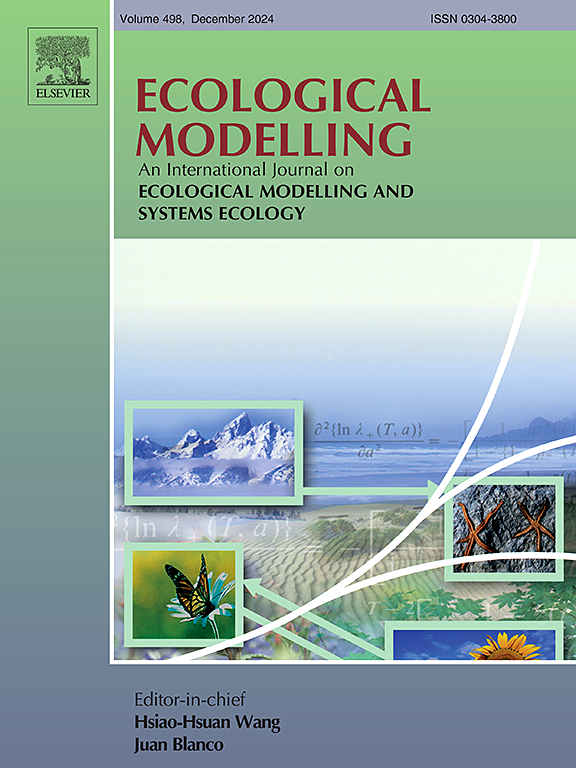Comparison of spring phenology simulation in central Asian grasslands
IF 2.6
3区 环境科学与生态学
Q2 ECOLOGY
引用次数: 0
Abstract
Simulation of the spring phenology of grasslands is crucial for understanding how ecosystem respond to climate change and for precisely modeling the carbon, water, and energy balance in terrestrial ecosystems. In this study, the performance of 15 phenology models was compared in terms of their ability to simulate the spring phenology of three grassland types in Central Asia from 2000 to 2019, using meteorological data and remote sensing inversion phenology data. The start of the grassland season (SOS) was simulated, and the root mean square errors (RMSEs) were evaluated. The phenology models produced a median SOS RMSE of 6.7 ± 2.5 days. Among the 15 models, the Temperature-precipitation model (TP), Growing degree day model (GDD), and Temperature-precipitation sequential model (TPS) demonstrated superior performance for temperate grassland, desert grassland, and mountain meadow, respectively. Their respective median RMSEs were 4.20, 5.37, and 5.28 days. Furthermore, the study also projected the future grassland SOS from 2020 to 2100 under seven radiative forcing scenarios using these three models. The simulation results indicated that the SOS for all three grassland types would advance in the future, especially under higher radiative forcing scenarios. The study provides a scientific basis for the sustainable development of grassland ecosystems in Central Asia.
求助全文
约1分钟内获得全文
求助全文
来源期刊

Ecological Modelling
环境科学-生态学
CiteScore
5.60
自引率
6.50%
发文量
259
审稿时长
69 days
期刊介绍:
The journal is concerned with the use of mathematical models and systems analysis for the description of ecological processes and for the sustainable management of resources. Human activity and well-being are dependent on and integrated with the functioning of ecosystems and the services they provide. We aim to understand these basic ecosystem functions using mathematical and conceptual modelling, systems analysis, thermodynamics, computer simulations, and ecological theory. This leads to a preference for process-based models embedded in theory with explicit causative agents as opposed to strictly statistical or correlative descriptions. These modelling methods can be applied to a wide spectrum of issues ranging from basic ecology to human ecology to socio-ecological systems. The journal welcomes research articles, short communications, review articles, letters to the editor, book reviews, and other communications. The journal also supports the activities of the [International Society of Ecological Modelling (ISEM)](http://www.isemna.org/).
 求助内容:
求助内容: 应助结果提醒方式:
应助结果提醒方式:


